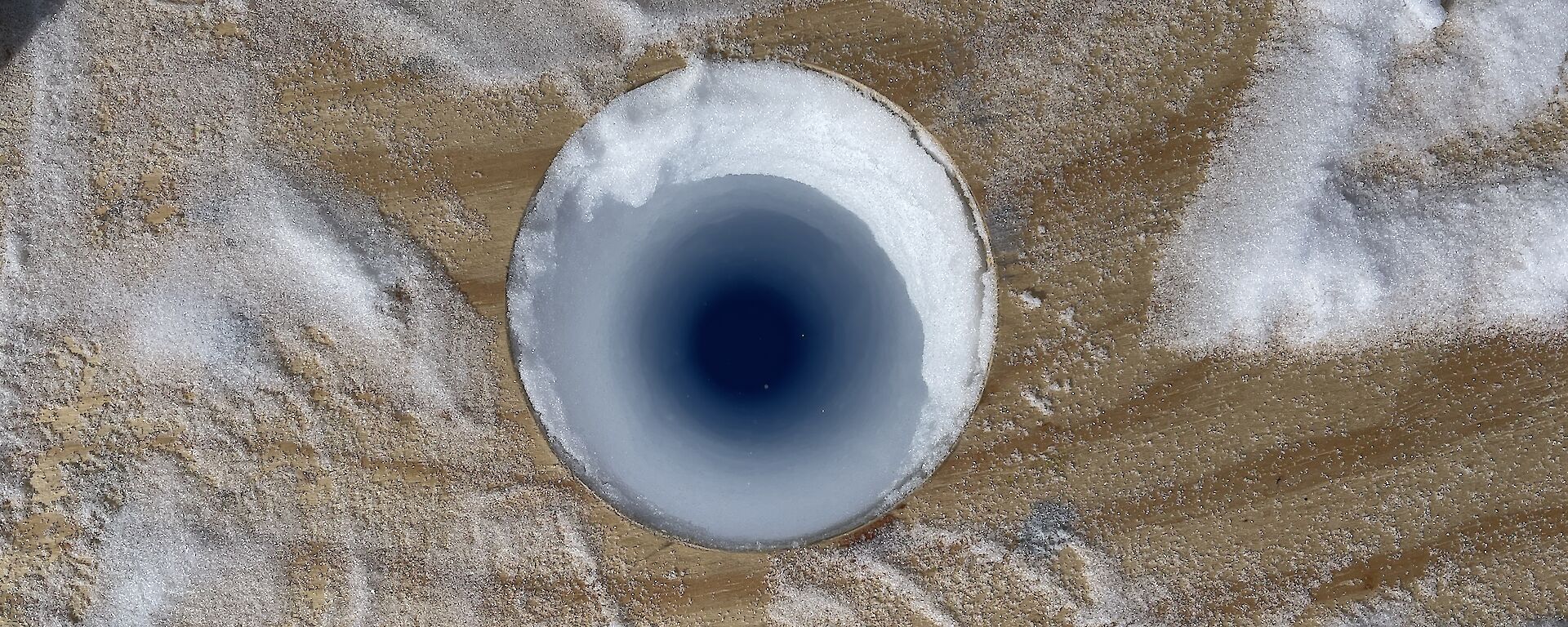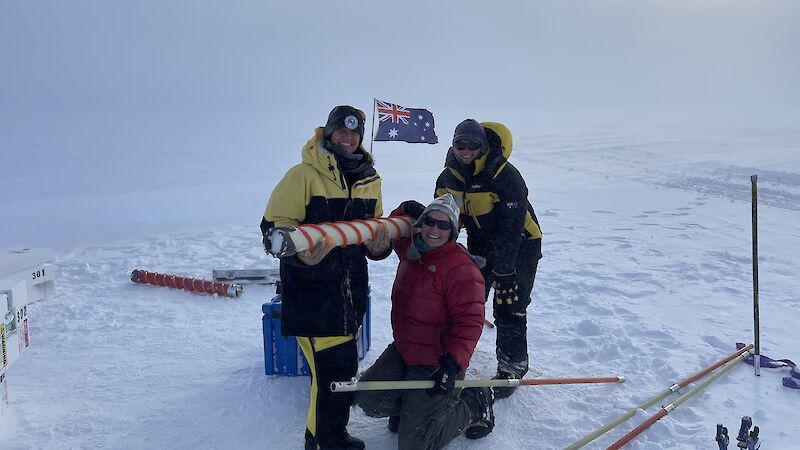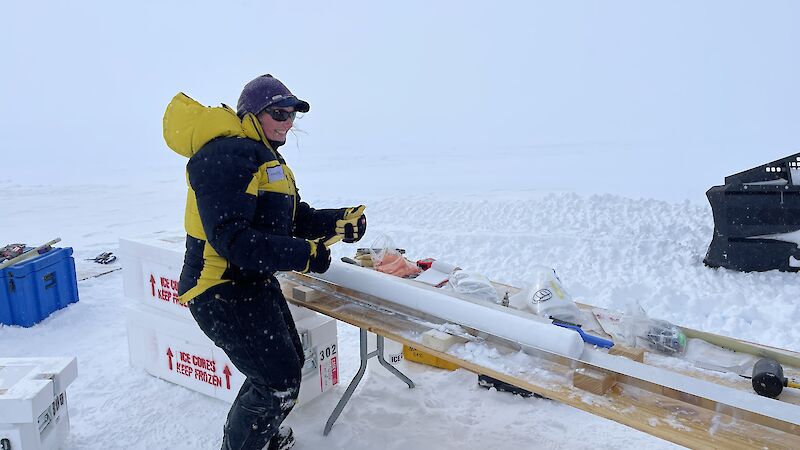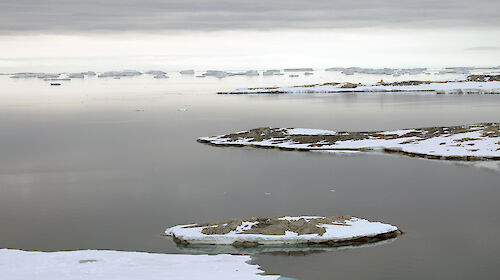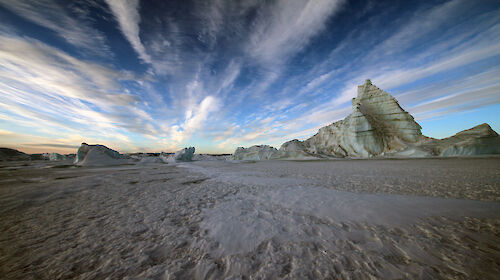Australian Antarctic Division (AAD) Glaciologist Dr Lenneke Jong said the region had provided scientists with valuable records since the 1980s.
“Law Dome plays a key role in research on the Earth’s climate. If you think about it as a library, drilling a core is like taking a book off the shelf,” Dr Jong said.
“The ice cores contains tiny trapped bubbles of air, trace chemicals and particles, which provide an insight into the past.
“By recovering shallow cores, we’re able to look back over recent years and see how this information overlaps with meteorological data.”
AAD Ice core research scientist Dr Andrew Moy said repeat visits to Law Dome have significantly improved the calibration of ice core records against weather and satellite data.
“This allows for a better understanding of recent climate variability and change,” Dr Moy said.

